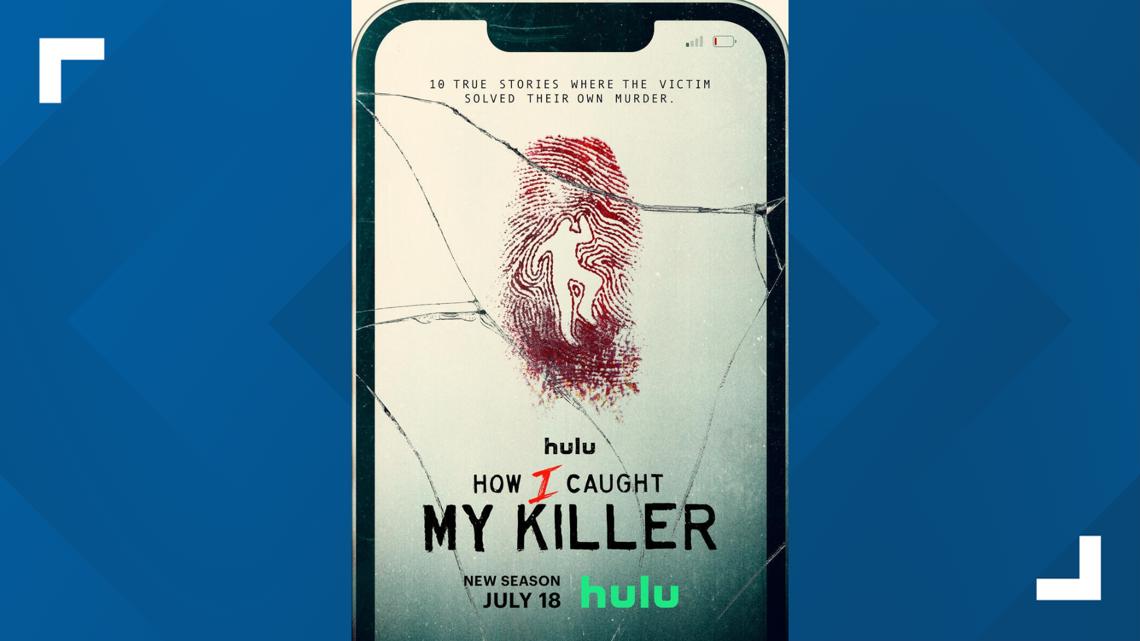INDIANAPOLIS — The silver lining – if you could call it that – in this true crime docuseries is that the crimes are solved and the murderers are caught.
"How I Caught My Killer" examines real-life homicide cases through in-depth interviews, archival material and cinematic recreations. However, as the title suggests, the victim in each episode leaves a case-breaking clue that helps solve their crime — whether it's through a social media post, text message or diary entry.
"Without that piece of evidence, the cases may never have been solved and may never have been solved in the length of time it took, " executive producer Brad Bernstein said. "The longer an investigation goes on, the harder it is to solve."
As those who follow true crime know, the term "missing white woman syndrome" happens when media coverage is drastically expanded when a white female is missing. "How I Caught My Killer" focuses on victims in underserved communities, which make up a disproportionate percentage of the people who lose their lives to homicide each year.
"It's really important for us to tell their stories because otherwise, they wouldn't be represented," Bernstein said. "These stories aren't told, their not investigated necessarily with the rigor that maybe a 25-year-old blonde girl's story would be investigated, so it's important for us to bring light to that."


While it may not be apparent in all true crime documentaries and docuseries, honoring the victims is evident in "How I Caught My Killer."
"That's the biggest thing for us, is making sure that the victim's family feels heard, making sure that the victim's legacy is kept in tact," Bernstein said. "We've become friends with the family, we empathize with them, and that's really important to us."
All 10 episodes of the second season of "How I Caught My Killer" are now streaming on Hulu.

